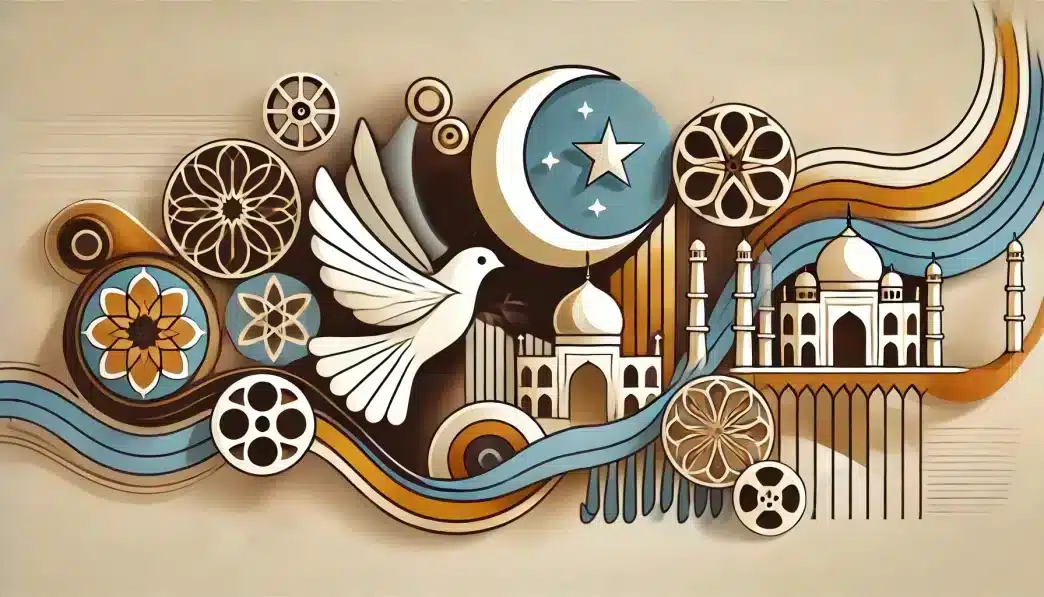What is the World Day of Muslim Culture, Peace, Dialogue, and Film?
The World Day of Muslim Culture, Peace, Dialogue, and Film is celebrated annually on March 11th in various countries worldwide. The day highlights the rich cultural heritage of Muslims and aims to foster peace, dialogue, and understanding through art and cinema. It is a platform for showcasing the diversity and creativity within Muslim communities while promoting unity and mutual respect across cultures.
History and Origin
The day was founded in 2010 by Javed Mohammed, a writer and producer from California. He envisioned the event as a way to dispel stereotypes about Muslims and to encourage intercultural dialogue. By using the universal language of art and film, the day seeks to break down barriers and build bridges between diverse communities. Since its inception, the observance has grown globally, with events celebrating Muslim art, culture, and storytelling.
Who Participates?
- Artists and Filmmakers: Showcase works that highlight Muslim culture and traditions.
- Community Leaders: Host discussions and workshops promoting intercultural and interfaith dialogue.
- Educational Institutions: Organize events to teach about the diversity of Muslim cultures.
- Nonprofits and Advocacy Groups: Promote initiatives that use art and dialogue to foster peace.
- General Public: Attend film screenings, art exhibitions, and cultural events to engage with Muslim heritage.
Themes and Slogans
The World Day of Muslim Culture, Peace, Dialogue, and Film focuses on themes of inclusivity, creativity, and understanding. Slogans like “Building Bridges Through Art” and “Celebrating Diversity, Inspiring Unity” capture the essence of the day’s mission.
Colors, Symbols, and Patterns
Colors
- Green: Represents peace, growth, and the connection to Islamic tradition.
- Gold: Symbolizes cultural richness and heritage.
- Blue: Reflects harmony and dialogue.
Symbols
- Film Reels: Represent the storytelling power of cinema.
- Calligraphy: Highlights the artistic legacy of Muslim culture.
- Doves: Symbolize peace and unity.
Patterns
- Geometric Designs: Reflect Islamic art’s precision and beauty.
- Flowing Motifs: Represent the interconnectedness of cultures.
- Circular Patterns: Symbolize unity and inclusivity.
How to Celebrate the World Day of Muslim Culture, Peace, Dialogue, and Film
- Attend Film Screenings: Watch movies by Muslim filmmakers that explore cultural, social, and historical themes.
- Explore Islamic Art: Visit exhibitions showcasing calligraphy, textiles, and other forms of Islamic art.
- Join Cultural Dialogues: Participate in discussions and workshops that foster understanding and respect.
- Share Stories: Use social media to highlight inspiring narratives from Muslim communities.
- Support Local Artists: Encourage and promote the work of Muslim creatives in your community.
Most Used Hashtags
- #MuslimCultureDay
- #PeaceAndDialogue
- #IslamicArt
- #UnityThroughFilm
- #CelebrateDiversity
Why is the World Day of Muslim Culture, Peace, Dialogue, and Film Important?
The day emphasizes the power of art and dialogue in breaking down stereotypes and promoting peace. By showcasing the depth and diversity of Muslim culture, it challenges misconceptions and fosters global understanding.
The observance is also a reminder of the role storytelling plays in building empathy and inspiring unity. Through film, art, and conversation, the day creates opportunities for people from all backgrounds to connect and celebrate shared humanity.
Features
March 11: Day of Muslim Culture Peace Dialogue and Film
Why do you keep falling for the same type?
Read the article Lovemaps: the hidden blueprint of our love.

